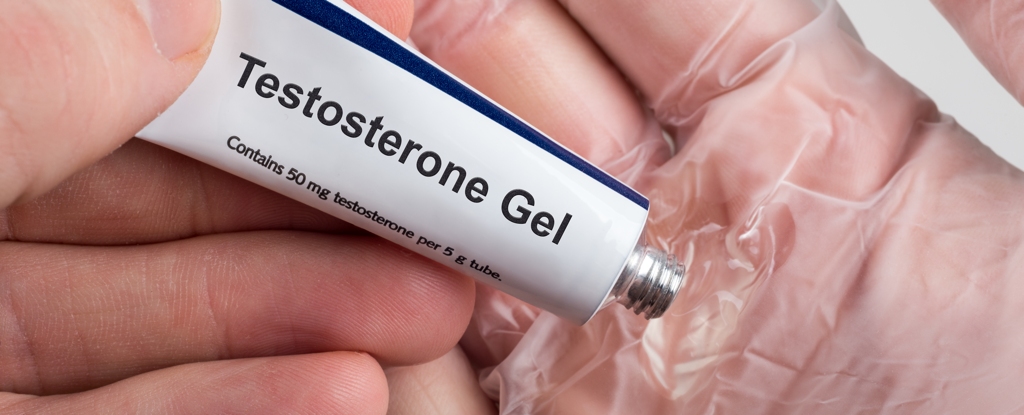A recent medical case from Sweden has drawn attention to the potential risks associated with testosterone gel, particularly concerning unintentional exposure to vulnerable individuals. The case involves a baby girl who developed enlarged genitals after lying on her father’s bare chest, where he had applied testosterone gel. This incident underscores the importance of adhering to safety guidelines when using hormone therapies.
Understanding the Risks of Testosterone Gel
Testosterone is a potent sex hormone essential for male development. In infants, hormonal changes occur rapidly, making their bodies highly sensitive to external influences. The phenomenon known as “mini-puberty,” which occurs a few months after birth, sees boys experiencing a natural surge in testosterone that aids in the development of their reproductive systems and influences brain growth. For girls, testosterone levels remain low, but exposure to external testosterone can lead to unexpected changes, such as an enlarged clitoris or labial fusion, as seen in the Swedish case.
Testosterone gels are commonly prescribed to men diagnosed with low testosterone deficiency. These gels, typically applied once daily to clean, dry skin on the shoulders, upper arms, or stomach, help the hormone absorb effectively. Although the gel dries quickly, residual hormone can linger on the skin for one to two hours post-application. If another person, especially a child, makes contact with the treated area too soon, they risk absorbing some of the hormone, which is particularly concerning given the delicate nature of infant skin.
Precautionary Measures and Observations
The number of testosterone prescriptions in the UK is significant, with estimates ranging from 50,000 to 100,000 individuals receiving them through the National Health Service (NHS). While the risks highlighted by this case are serious, medical experts emphasize that such incidents are rare. The instructions provided with testosterone gels are explicit: apply only to designated areas, wash hands immediately after use, cover the skin once dry, and avoid close contact for several hours. When these precautions are followed, the likelihood of accidental transfer is minimal.
In the case of the Swedish infant, the hormonal changes began to reverse once her father ceased direct contact after applying the gel. This pattern of reversal has been observed in other reported cases, indicating that early intervention can mitigate long-term effects. However, prolonged exposure could necessitate medical treatment, including hormonal evaluations, monitoring, and in severe cases, anti-hormone therapy or surgery.
For individuals with young children or pregnant partners, practical steps can minimize risks. Planning the timing of gel application to prevent immediate contact, or opting for alternative administration methods such as injections or patches, can significantly reduce the likelihood of accidental exposure.
This incident serves as a crucial reminder that while testosterone therapy can effectively treat diagnosed deficiencies, it requires responsible use. When administered correctly, testosterone can enhance sexual function, mood, and even support muscle mass and bone health. Individuals prescribed this medication should remain informed and diligent in following safety protocols to protect those around them.
Daniel Kelly, a Senior Lecturer in Biochemistry at Sheffield Hallam University, emphasizes the importance of understanding the responsibilities that accompany hormone therapies. Proper usage and adherence to guidelines can ensure the safe application of such treatments, minimizing risks to vulnerable individuals.































































